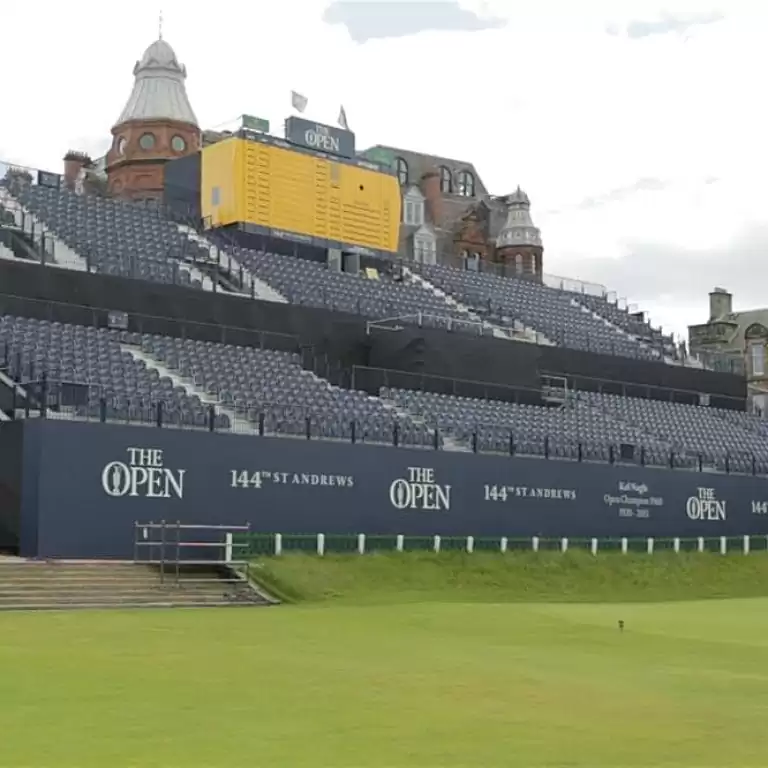
News Successfully using ‘rapid capture’ to create a time-lapse video
Time-lapse capture is often suited best to long-term projects – at least a number of months if not multiple years.
One major benefit of this is of great use to the construction industry – where time-lapse is being used very successfully and far more frequently than ever before. The very high-quality (up to 4K) pictures taken by bespoke camera systems can be transferred to an online viewing platform, meaning construction projects can be checked on at the click of a button from anywhere in the world. It cuts down on time and – most importantly – saves money for major contractors and management staff, who cannot be in more than one place at a time.
But time-lapse video also – if correctly and professionally captured and edited – provides a full documentation of long-term works in a concise and manageable video, highlighting key points of building and removing periods of inactivity. It can condense slower periods of work into fast-paced but comprehendible sections of images.
A two-minute time-lapse video tends to be made up of about 3,000 individual images, because each second of video is made up of 25 still frames played back at very high speed. (This is known as the “frame rate” or “frame frequency”.)
For a construction project that lasts two years, this is easily achievable. Due to the slow nature of the subject, a new image tends to be captured once every 15 minutes. (Professional companies such as Time-Lapse Systems can adjust this remotely, so that particularly quick activity – such as a crane being erected on site – can be captured with more detail.)
Capturing one image every 15 minutes over the course of an 8am to 5pm working day, across the course of two years, would result in approximately 18,000 pictures to choose and work from. This equates to over 12 minutes of raw video footage! That means there is plenty extra to edit out and create a smooth, fast-paced time-lapse edit.
However, time-lapse can also be applied to jobs that take a far shorter amount of time. This tends to be called “rapid capture”, because the amount of images needed to produce the same length video is much greater, and so the camera system needs to be taking pictures at a much faster rate.
Take a two-week period of activity, with the same 8am to 5pm working hours Monday to Friday. Capturing at the usual 15-minute intervals would result in 360 images being taken, which would only create about 14 seconds of raw video at 25 fps.
Fortunately, if there is only two weeks of activity it tends to be fairly fast-paced, so increasing the capture rate will not be of detriment to the final edit. In fact, only with increasing it will you be able to see the very quick actions in the shot when it is eventually converted into a time-lapse video.
Rapid interval time-lapse does not lend itself well to long-term construction projects, due to – as previously mentioned – the slow rate of activity on site. However, any building work that has a shorter timeframe (anything from a few days to a few months) will be best documented if the capture frequency is increased.
Take this grandstand build at the 144th Open Championships at St Andrews links in Scotland. GL events constructed the first ever two-tier grandstand at the golf course and used an off-grid time-lapse camera system set-up to record their work. It was only in situ for three weeks but there was enough images captured to create over two minutes of time-lapse video. (Including more traditional video shots further enhanced the final edit.)

Rapid capture is also brilliant for a lot of internal ‘builds’ – where the enclosed space puts a lot of emphasis on any visual change. Quite often event spaces benefit from time-lapse, because the temporary structures formed inside them are assembled in minutes and hours rather than months and years. Special events at the Horse Guards Parade in London and the Legoland Discovery Centre in Manchester are just two prominent examples of this.
A recent exhibition from world-renowned artist Charming Baker is a prime example of rapid capture being applied successfully to an internal event. The set-up of the space and his work took just a number of days, but the high-quality images capture by the time-lapse camera system (which is visible in the screenshot of Sotheby’s website above) have been turned into an engaging time-lapse video showcasing the fast-paced set-up.
Whilst the mainstream use of time-lapse continues to lean towards long-term events and activity, its use is quickly expanding to include short-term projects – with very successful results!